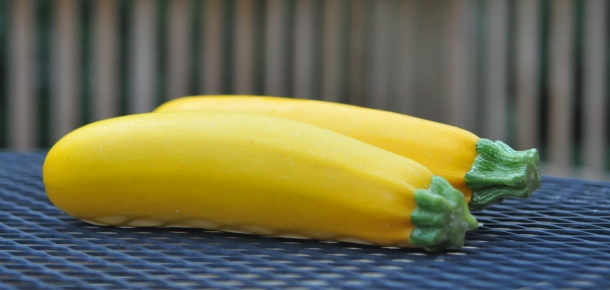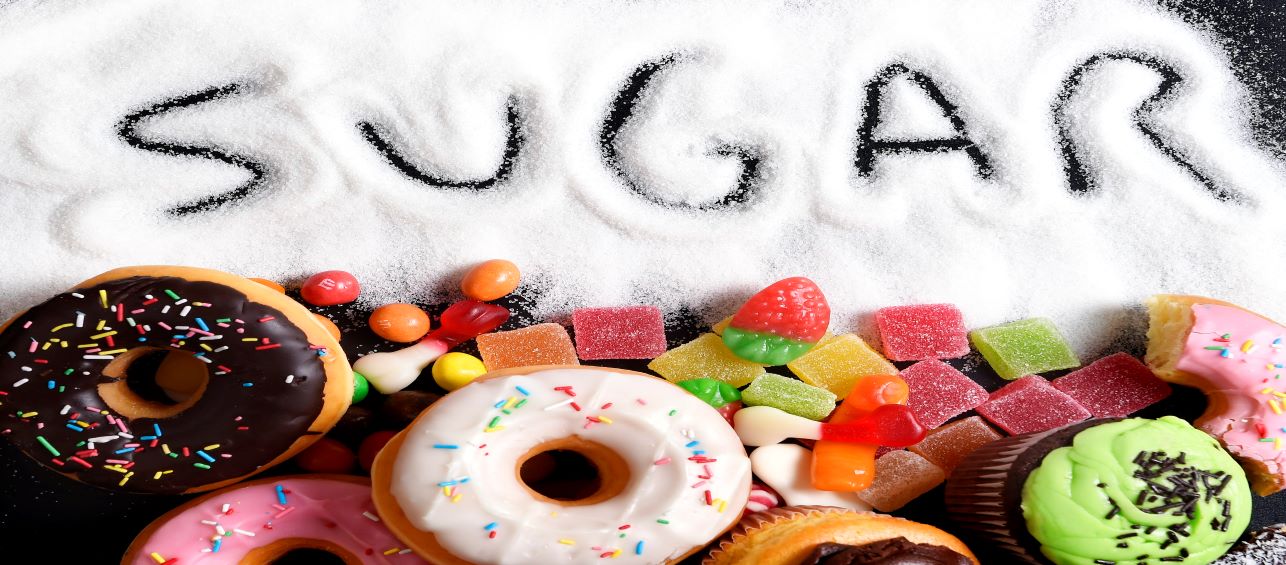Summer squash are a subset of squashes that are harvested when immature, while the rind is still tender and edible. Nearly all summer squash are varieties of Cucurbita pepo, though not all Cucurbita pepo are considered summer squashes. The subset includes yellow summer squash (pictured above), yellow crookneck squash, zucchini, pattypan or scallop squash and cousa squash. The name “summer squash” refers to the short storage life of these squashes, unlike that of winter squashes.
Summer squash is an excellent source of copper and manganese. It is a very good source of vitamin C, magnesium, dietary fiber, phosphorus, potassium, folate, vitamin B6, and vitamin K. Additionally, it is a good source of vitamin B1, zinc, omega-3 fatty acids, niacin, vitamin B2, pantothenic acid, calcium, iron, choline, and protein.
When purchasing summer squash, look for ones that are heavy for their size and have shiny, unblemished rinds. Additionally, the rinds should not be very hard since this indicates that the squash are over-mature and will have hard seeds and stringy flesh. Purchase summer squash that are of average size since those that are overly large may be fibrous, while those that are overly small may be inferior in flavor.
Summer squash is very fragile and should be handled with care as small punctures will lead to decay. It should be stored unwashed in an air-tight container in the refrigerator, where it will keep for about seven days.
While especially plentiful in the U.S. marketplace during the summer months, summer squash is actually available through the year and can easily be incorporated into your family’s diet by serving raw summer squash with your favorite dips and grating zucchini or other summer squash on top of salads and sandwiches.
We’ve added 7 summer squash recipes to our Vegetable Spotlight board on Pinterest. Click “See on Pinterest” below to go straight there.
Follow Cincinnati Children’s’s board Vegetable Spotlight on Pinterest.
Zucchini and Squash Fritters from Simply Life
Rustic Summer Squash Tart from Woman’s Day
Summer Squash Bowtie Pasta from Joy of Kosher
Golden Summer Squash and Corn Soup from Eating Well
Lemon Herb Quinoa with Summer Squash from Barefeet in the Kitchen
Summer Squash with Angel Hair from Good Housekeeping
Please comment below and let us know if you have a great summer squash recipe and/or you try one of these!





